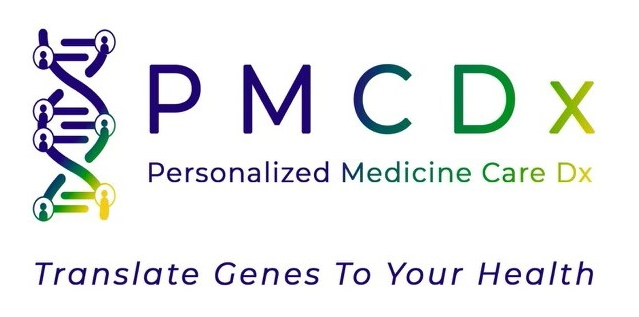Expanded Carrier Screening Panel screens for more than 400 recessive and X-linked conditions that covers people of all ethnic backgrounds. Our lab receives samples from all over the world and since there are many diasporic communities in the United States, what may be rare to one person may be common to another. Most of the disease included in this have a significant impact on morbidity and mortality, or daily activities.
Diseases targeted: >400 Autosomal Recessive and X-linked Inherited Disorders
This is the most intensive carrier screening with the highest accuracy available.
- Sequence variants and small insertions/deletions: unless otherwise specified, whole gene sequencing (coding regions and adjacent intronic/splice regions) is performed with >99% of bases covered by at least 20 independent sequence reads (“20x”). Additionally, intronic and promoter mutations specified in ClinVar and the Human Gene Mutation Database (HGMD) are targeted with >98% sensitivity.
- Deletion/duplications (del/dup): copy number variants (also known as deletions/duplications, or del/dup for short) are detected using PMCDx’s sophisticated bioinformatic algorithm, CNVexonTM. Pathogenic variants found by this method are confirmed by Sanger sequencing, MLPA, or quantitative PCR (qPCR).
- Fragile X: The trinucleotide repeat (CGG) expansion in the 5’ untranslated region of FMR1 is detected by repeat-primed PCR (rpPCR). Premutation carriers are sequenced by Sanger sequencing to detect AGG interruptions.
- Spinal Muscular Atrophy: copy number changes in the SMN1 gene are screened by NGS and confirmed by MLPA. Point mutations for spinal muscular atrophy are not detected due to high sequence homology.
- Pseudogenes: proprietary bioinformatics tools are employed to identify carrier mutations in disease genes (such as GBA for Gaucher disease and HBA1/HBA2 for alpha thalassemia) which have highly similar inactive counterparts.
Reporting options: Only variants classified as “Pathogenic” or “Likely Pathogenic” using the ACMG guidelines for sequence variant interpretation will be reported.
Detection rate: A broad range of laboratory and computational tools are employed to ensure the highest detection rate. The analytical detection rate for all genes is >98%.
*Male patients will not be screened for X-linked conditions (e.g., FMR1, etc.). If an X-linked condition is suspected in a male patient, please contact PMCDx or a genetics professional about diagnostic testing for that particular disorder.
